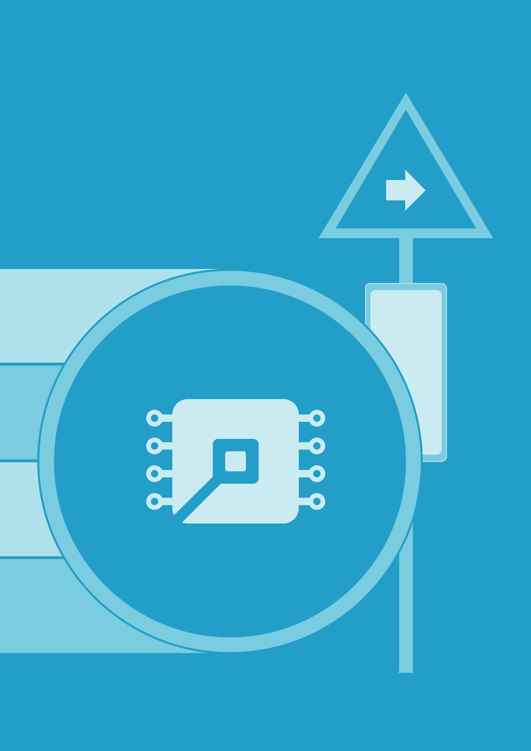10

The Future of Exchanging Value Cryptocurrencies and the trust economy 11
How we pay for goods and services and exchange value is clearly changing. Cheap and ubiquitous digital communication is moving payments from the physical to the digital world. Actions that would have seemed bizarre only a few years ago – such as buying clothes or renting a movie using our phones – are now common practice. We are organising our lives differently, storing our savings in our mortgage or investments then using credit to manage our daily cash flow. We have the convenience of debit and credit cards to pay for even quite cheap items.
The introduction of the consumer Internet – and the smartphone in particular – has resulted in a raft of new payments solutions and financial products, each designed to erase one of life’s little annoyances or provide access to a financial product. New technologies and the new payments solutions that use them are shaping how we think about and pay for the products and services we consume. We are choosing to pay with the tap or wave of a card, click of a mouse or the tap of a finger, rather than handing over the folding currency that has been used for generations.
Payment trends
There is plenty of anecdotal evidence that how we exchange value is changing, the most obvious being the rapid growth of the FinTech (financial technology) start-up community. Consumers must be using at least some of the solutions coming out of this area for the sector to be growing so strongly. There’s a lot of noise, but is this noise borne out by data?
The most recent Reserve Bank of Australia’s (RBA) Trends in Retail Payments5 survey (the third in a series) found that the use of cash and cheques – the two main physical mechanisms for exchanging value – had both declined noticeably over the previous three years, while the main electronic forms of payment (debit and credit) increased. The hurried trip to the bank late on a Friday afternoon to obtain enough cash to last the weekend is a distant memory.
Figure 1. Percentage of each payment type
2007
2010
2013
0%
25%
50%
75%
100%
Cash
Debit
Credit
Internet or phone banking
PayPal
Cheque
Other
Source: RBA6




